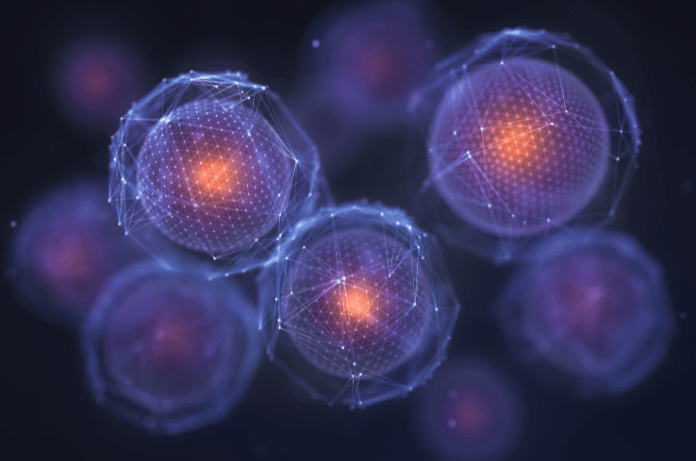Imagine a world where cancer treatments are not just effective but also precisely targeted, causing minimal side effects. In an exciting leap toward this vision, scientists at the Perelman School of Medicine at the University of Pennsylvania have developed an innovative anticancer strategy that has shown remarkable promise in preclinical tests. This groundbreaking approach uses nano-sized particles, specifically engineered small extracellular vesicles (sEVs), to trigger cancer cell self-destruction. Published in Science Advances, this research could pave the way for a new era of immunotherapy.
A New Spin on an Old Strategy
For decades, researchers have been exploring ways to harness the power of the immune system to fight cancer. One promising target has been the death receptor 5 (DR5), a cell-surface receptor that can induce apoptosis, a form of programmed cell death, in cancer cells. However, despite over 20 years of efforts, DR5-targeting treatments have struggled to control tumor growth effectively.
Enter the sEVs—tiny capsules engineered from human cells, specifically designed to target DR5. In their study, Penn Medicine scientists, led by Dr. Xiaowei “George” Xu, demonstrated that these sEVs outperformed existing DR5-targeting antibodies. They are efficient killers of various cancer cell types in laboratory tests. Also, they significantly suppressed tumor growth and extended survival in mouse models of cancer, including melanoma, liver, and ovarian cancers.
How Do sEVs Work?
Extracellular vesicles, like the sEVs used in this study, are naturally produced and secreted by virtually all cells. These nano-sized capsules are about a million times smaller than a T cell and are known for carrying molecules that carry messages to surrounding cells. For this anticancer application, Dr. Xu’s team used sEVs derived from natural killer (NK) cells—a type of immune cells with a natural role in fighting cancer. These NK-derived sEVs are adept at infiltrating tumors and contain molecules toxic to cancer cells.
What makes these sEVs particularly potent is their engineered ability to bind to and activate DR5. The researchers added an antibody fragment to the sEVs that specifically targets DR5. In lab experiments, these modified sEVs homed in on cancer cells with high DR5 expression, quickly inducing apoptosis.
A Multifaceted Attack on Tumors
One of the most compelling aspects of this new strategy is its multifaceted approach to combating cancer. Beyond just targeting the cancer cells themselves, the sEVs also went after other DR5-expressing cells within the tumor microenvironment, such as cancer-associated fibroblasts and myeloid-derived suppressor cells. These cells are known to create an immune-suppressive environment that helps tumors evade the immune system. By disrupting this environment, the sEVs not only killed cancer cells but also boosted the overall anticancer immune response.
The sEVs further stimulated T cells, enhancing the immune system’s ability to fight cancer. This dual action—directly killing cancer cells and reversing tumor immunosuppression—makes sEVs a potentially powerful tool against solid tumors, which have historically been challenging for immunotherapies.
Moving Towards Clinical Trials
The promising preclinical results of small extracellular vesicles are just the beginning. Dr. Xu and his team are now working on refining the manufacturing process to produce clinical-grade sEVs. They aim to scale up production and conduct the necessary safety studies to prepare for human clinical trials. One of the key advantages of this approach is sEVs can be manufactured and stored relatively easily, making them a potential “off-the-shelf” therapy that could be administered to any patient without the need for personalized cell retrieval.
The Future of Cancer Treatment?
The development of these DR5-targeting small extracellular vesicles represents a significant advance in the field of cancer immunotherapy. As Dr. Xu puts it, “Many patients have benefited from advances in cancer immunotherapy, but we know there is more work to do. This is our motivation for seeking new strategies for cellular therapies, particularly in solid tumor cancers, like melanoma, where current immunotherapies only work for about half of patients.”
With a patent application filed for this technology and further development underway, the potential of sEVs to transform cancer treatment is immense. By offering a more effective and less invasive option, this new approach could change the landscape of cancer therapy. It brings hope to countless patients worldwide.
As we look to the future, the question remains: Could these tiny anti-cancer particles be the giant leap forward we need in the fight against cancer? If the results from the Penn Medicine team are any indication, the answer might just be yes.

